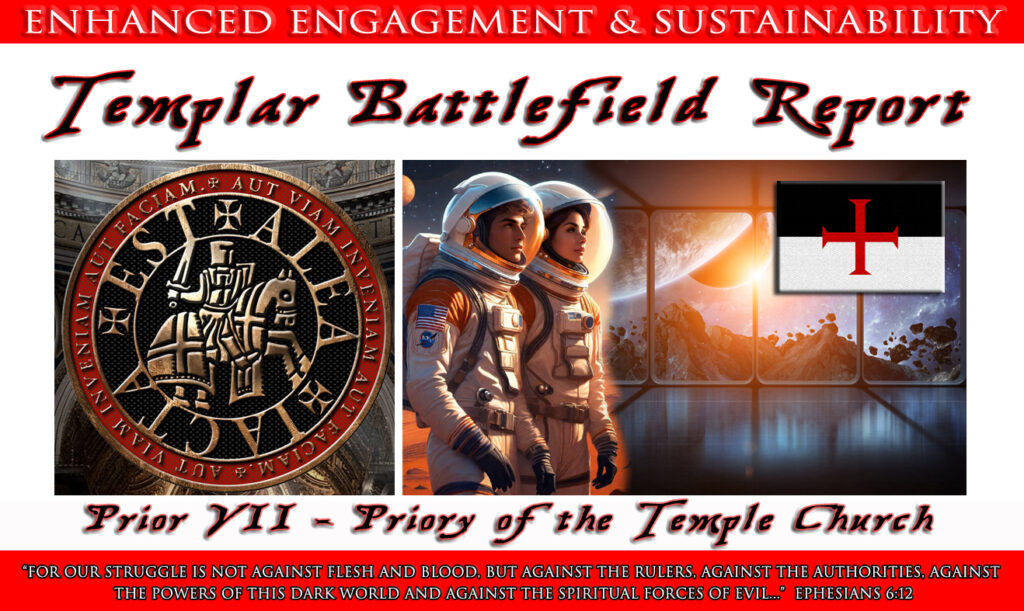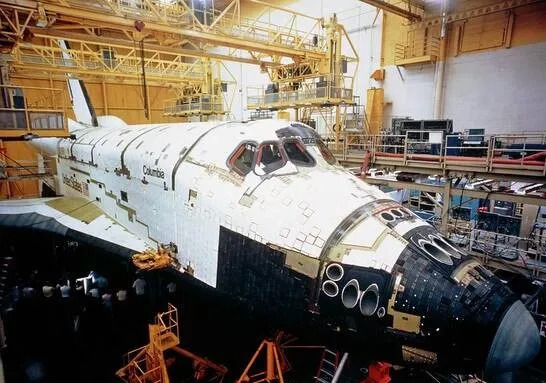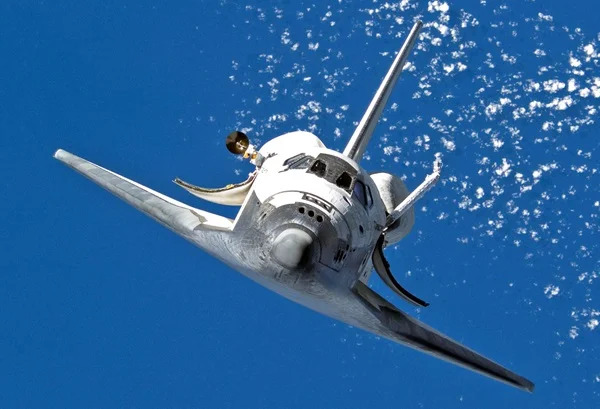
I first arrived as a NASA engineer at the John F. Kennedy Space Center just a few years after the age of the dinosaurs – as measured on a calendar carefully kept by my eight sweet grandchildren. Shortly after arriving, I wound up standing squarely inside geek heaven with one of those nerdy smiles fixed across my face. Let me try and describe why this was on my typical morning.

As a NASA Engineer and Safety Specialist, I found myself assigned to the newly constructed, completely stripped out, cavernous, open bay of Orbiter Processing Facility #3 (OPF-3). (Today that processing bay processes Boeing’s Starliner.) It was as large as a high basketball arena and there was literally only one piece of hardware in the entire bay – the Space Shuttle Columbia sitting in the middle of the floor after returning from her sixth space mission. In a few months hence, they would install the work platforms that covered the orbiters completely between flights, preparing them for their next launch. But at that moment, in the great bay on that early morning, it was only Columbia and me.
Touching space hardware was not permitted, so I could not caress her with my fingers as I so very much wished to do. Instead, I slowly walked around her taking in her beautiful lines, examining the occasional scorch marks and blemishes, my eyes staring at her beckoning windows that within a few hours I would be looking out of as I performed my duties inside her crewed cockpit.
But, for now, it was just me and Columbia for about half an hour before the first shift of workers began to arrive. And in those few minutes, Columbia and I became “friends” in a quirky anthropological characteristic called the ELIZA effect, that would carry on for years ahead. When she and her crew were destroyed during reentry while returning home in February 2003 – a day of intense tragedy that I will never forget – my team had many living payloads onboard her.

That morning, when the contractor team finally established their workstations in OPF-3, I was standing beside the spacecraft that was the size of a Boeing 737 passenger jet. I looked up at the forward open hatch and was surprised to watch a technician lower a thickly padded empty canvas bucket down to the concrete floor with a regular hemp rope. Another technician intercepted it and filled it with tools and a special hi-tech spacecraft tape called “Kapton.” The technician inside Columbia then hauled it up and it disappeared inside.
Very intrigued, I approached the control point technician sitting at his desk below Columbia’s open hatch. “Why use a canvas bucket and a rope?” I asked. I was wondering why there was not another more advanced technology to move things around the most sophisticated device ever constructed.
He replied simply that the canvas and rope were not conductive and would therefore not transmit hazardous static electricity to Columbia, and that neither would scar the fragile tiles of the orbiter vehicle.
There it was – hand in hand – two technologies separated by many thousands of years working together to get the job done.
Today, this experience powerfully reminds me of being a 21st-century Templar. While our forefathers appeared just shy of a millennium ago, we still do much of what they did with the identical goals, but using vastly different approaches that fit our century, our culture, and our technology – and all aimed at the same end results.
Like them, we still protect Christians at risk in the Holy Land. But today the swords are totally gone – replaced by exceedingly complex connections that involve satellites, computers, cell phones, international governing bodies, national governing policies, and the movement of funds across continents which had their first beginnings enabled by brilliant Templar inventiveness which included even devices capable of encryption.
Thus, as Templars, we continue to use high-tech versions of the buckets that were first envisioned by our forefathers. And they enable us to carry out the identical mission of protecting God’s remnant in the Holy Land, the place where the Poor Knights of the Temple Mount set out on a mission of historic importance – their courage, as well as their ingenuity, echoing still through the centuries.
